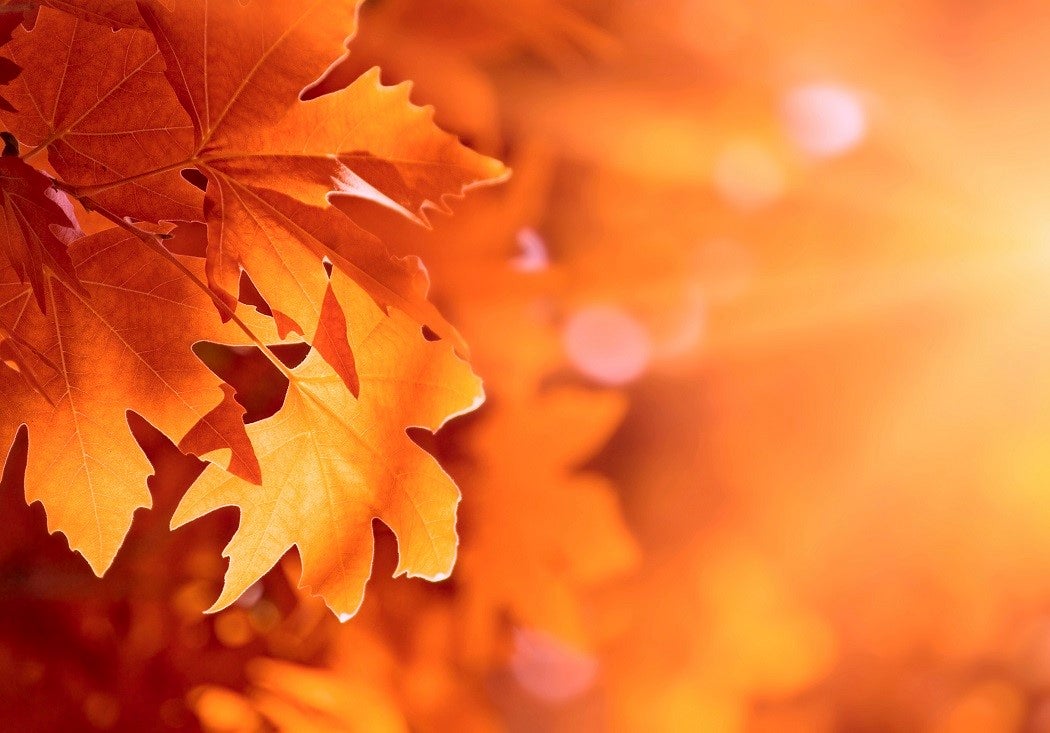‘Tis the season for leaf-peeping, the ogling of brilliant fall foliage in temperate deciduous forests. In New England, an entire tourist industry revolves around watching the color change from the greens of spring and summer to the reds and yellows of fall.
But why do leaves turn into those glorious autumnal colors? It turns out there’s still lively investigation into this phenomenon.
The Internet will tell you that the green chlorophyll fades away to reveal existing pigments that were essentially drowned in all that intense summer photosynthesis. Once the days start getting shorter and the sunlight angles further away, the photosynthesis function ends, and the red anthocyanin and yellow carotenoid pigments are unmasked before the leaves fall.
But it’s more complicated than that, since we now know that red anthocyanin isn’t just unmasked but is actively produced into the fall. This was only discovered about a decade ago, showing us that something seemingly so settled is still an open question.
It’s long been known that the non-photosynthetic pigments help shield leaves from damaging light levels as the trees recoup the nutrients in each leaf. Nitrogen recovery in particular is enhanced due to the protection provided by anthocyanin.
But there are also hypotheses about the non-physiological function of color changes. Simcha Lev-Yadon and Kevin S. Gould tackle these hypotheses in the Botanical Review. These functions are communicative. The colors may be signaling that the trees have ripe fruit to eat, which can help with seed dispersal. They may be warning predators away, saying, I’m not tender and green anymore, so buzz off. They may undermine insect predators’ own camouflage, which has evolved to blend with predominantly green foliage. All together, the authors detail “at least five potential visual defensive functions against herbivory.” These may be concurrent: “Several functions for a single character are quite common in biology.” It’s very interesting stuff about something we may be taking for granted too easily.
Reading this, I thought of Michael Pollen’s The Botany of Desire and wondered if the trees aren’t signaling to us, too. After all, we humans enjoy these colors, we pay money to see them, we — or at least I — sweat to hike into the Hudson Highlands to experience them. Which should make us want to protect the forests, which is of course good for the trees.







